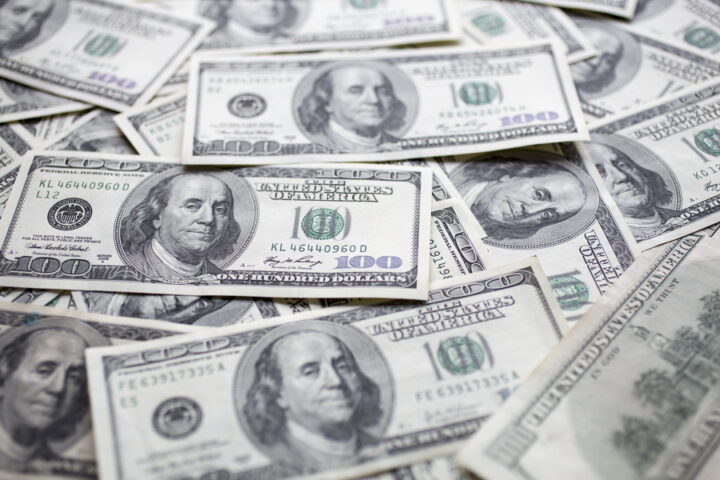The six member states of the Gulf Cooperation Council —
Such has been the degree of their economic improvement that some GCC countries now outperform even Aaa-rated countries according to several of Moody’s comparative ratios. Yet even the wealthiest
In essence, this is for three key reasons: regional geopolitical vulnerabilities, the developing state of domestic institutions, and the volatility of economic performance associated with a heavy concentration on hydrocarbons.
“Measured in output per capita, the prosperity of the six GCC countries has climbed sharply in recent years, in some cases to very high levels, on the back of soaring global oil prices and impressive progress in economic diversification. Perhaps most importantly from a sovereign ratings perspective, there has been a dramatic strengthening of governments’ balance sheets over this period as fiscal and current account surpluses have widened. This is despite a strong pickup in government expenditure and imports,” said Tristan Cooper, a Moody’s Vice-President / Senior Analyst and author of the report.
“The considerable enhancement to governments’ creditworthiness has been well reflected in Moody’s sovereign ratings, which now range from A2 for
“However, even though some GCC states now outperform even Aaa-rated countries on some economic indicators, even the wealthiest among them are not rated Aaa. This is for several reasons. Firstly, Aaa-rated countries tend to be located in regions with a long track record of political stability, whereas the Middle East — and, particularly, the Gulf region — has a more troubled political history,” Mr Cooper explains.
“Secondly, institutions in the GCC continue to be of a more developing nature than those in Aaa-rated countries. The evaluation of institutional strength encapsulates the quality of governance, including the effectiveness of countries’ administrative, legislative and judicial apparatus. Such factors are important for determining sovereign ratings because they are an indication of the likely stability and consistency of the domestic policy environment over the longer term. GCC states also face some challenges in regard to the quality and scope of economic data, which hinders effective monitoring,” Cooper added.
“Finally, GCC countries’ economic performance has exhibited marked fluctuations, far more pronounced than those of Aaa-rated countries, in light of the still heavy concentration of their economies on oil and gas despite material progress towards diversification. This trait is pertinent to the assessment of sovereign risk because, globally, countries displaying higher levels of economic volatility have tended to be more prone to shocks and therefore to have a greater risk of default. However, Moody’s of course notes the stabilising role of growing sovereign wealth funds in the region.”
“While all six GCC member states share these distinguishing attributes, there are differences in degree and there remain significant variations in economic and financial strength among these states. These differences continue to be reflected in Moody’s GCC ratings,” Cooper concluded.







